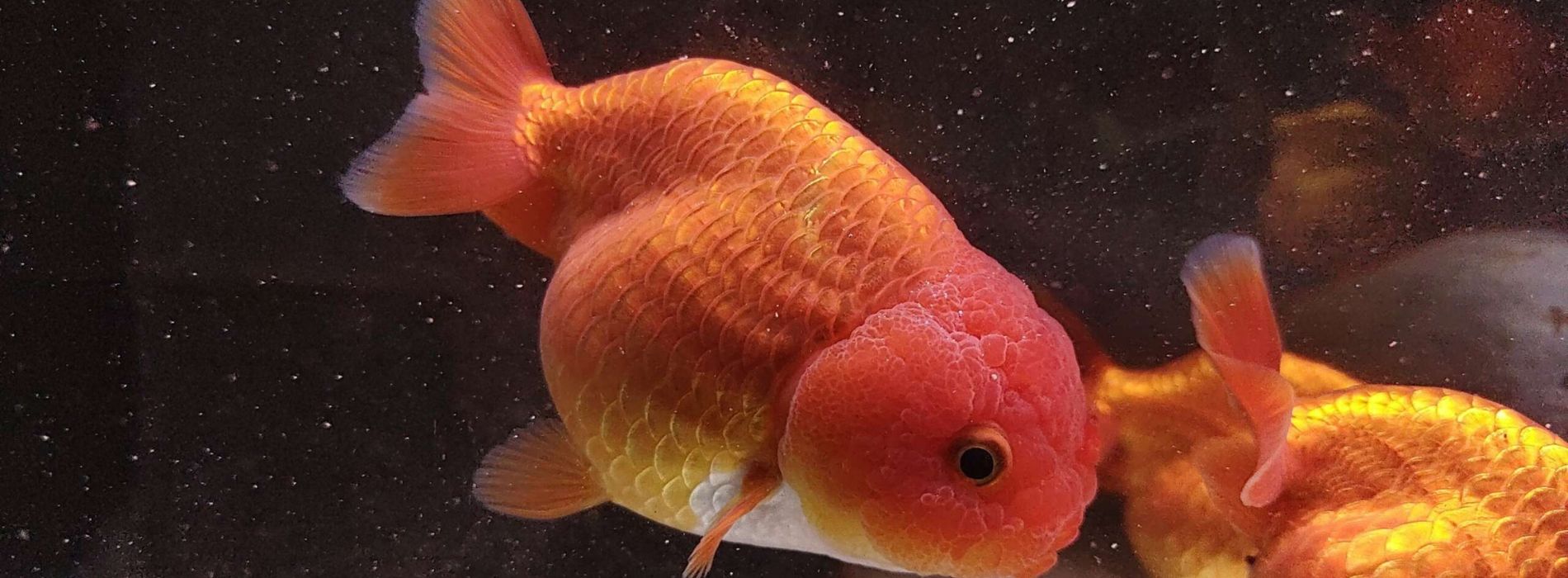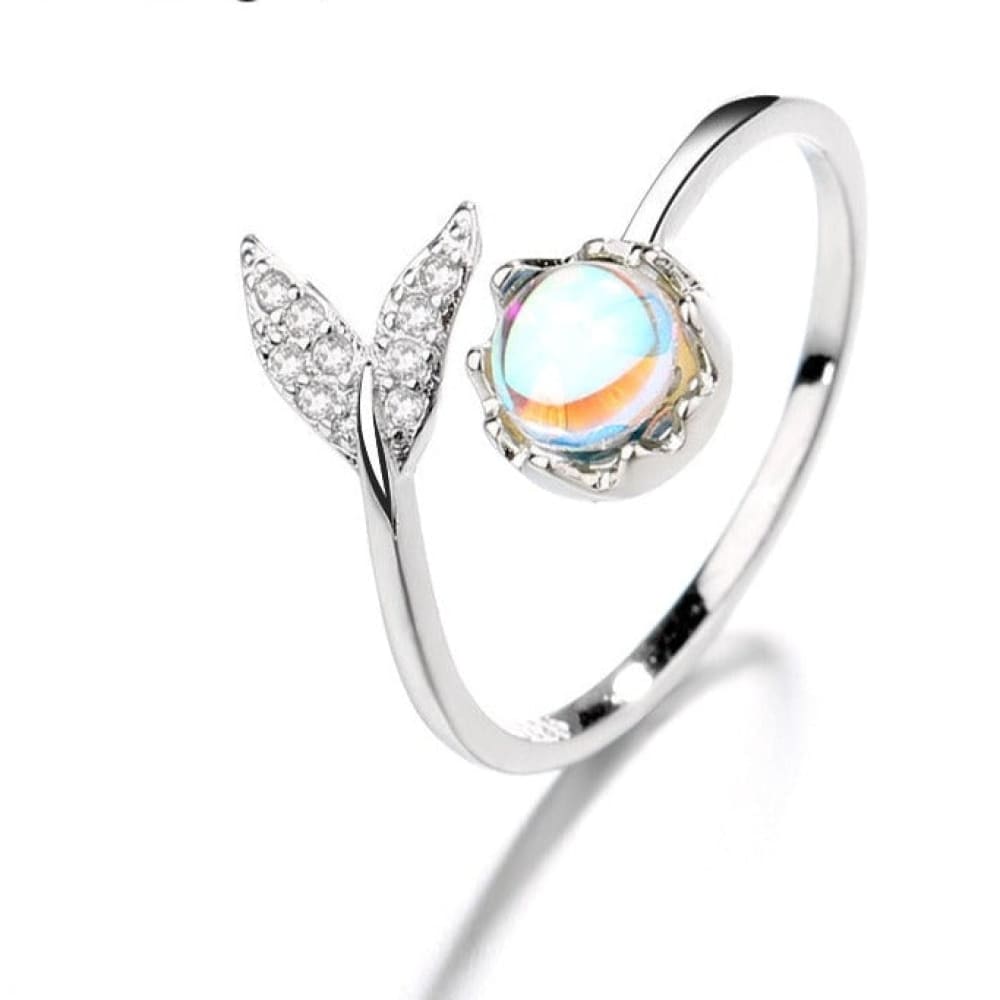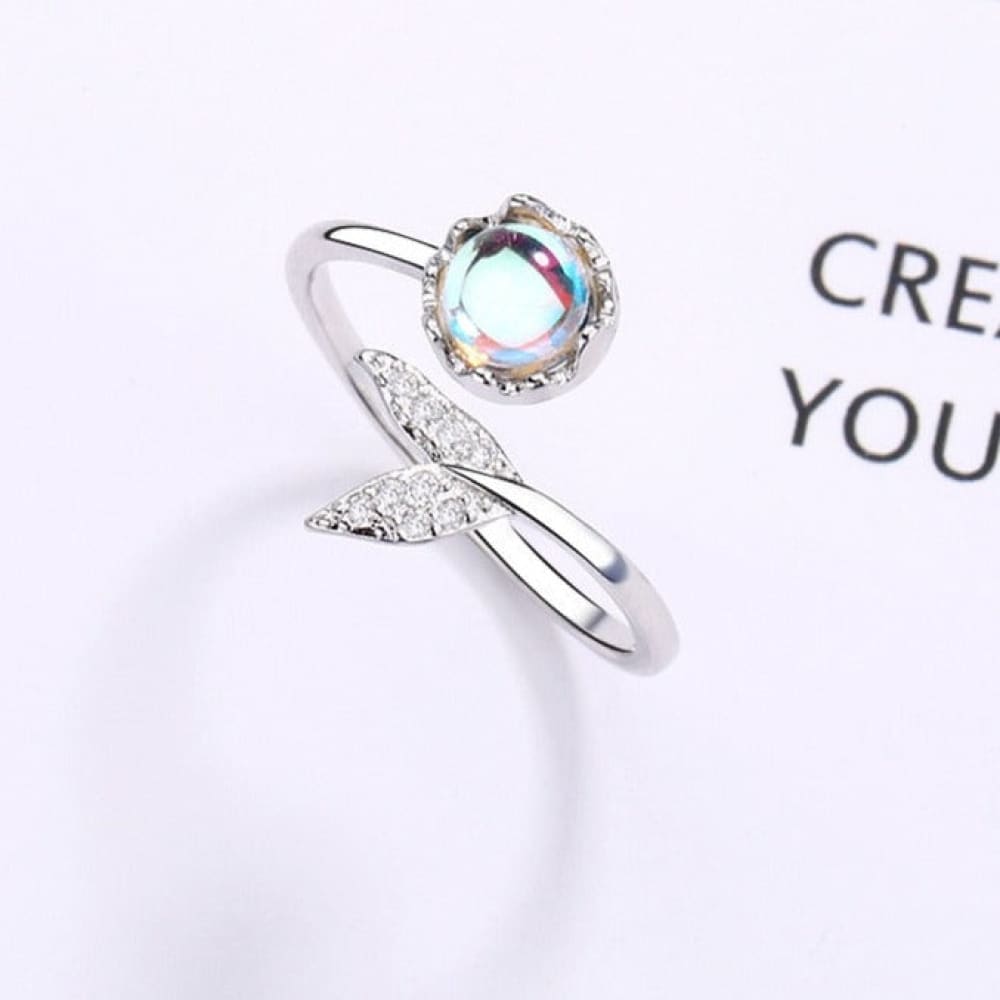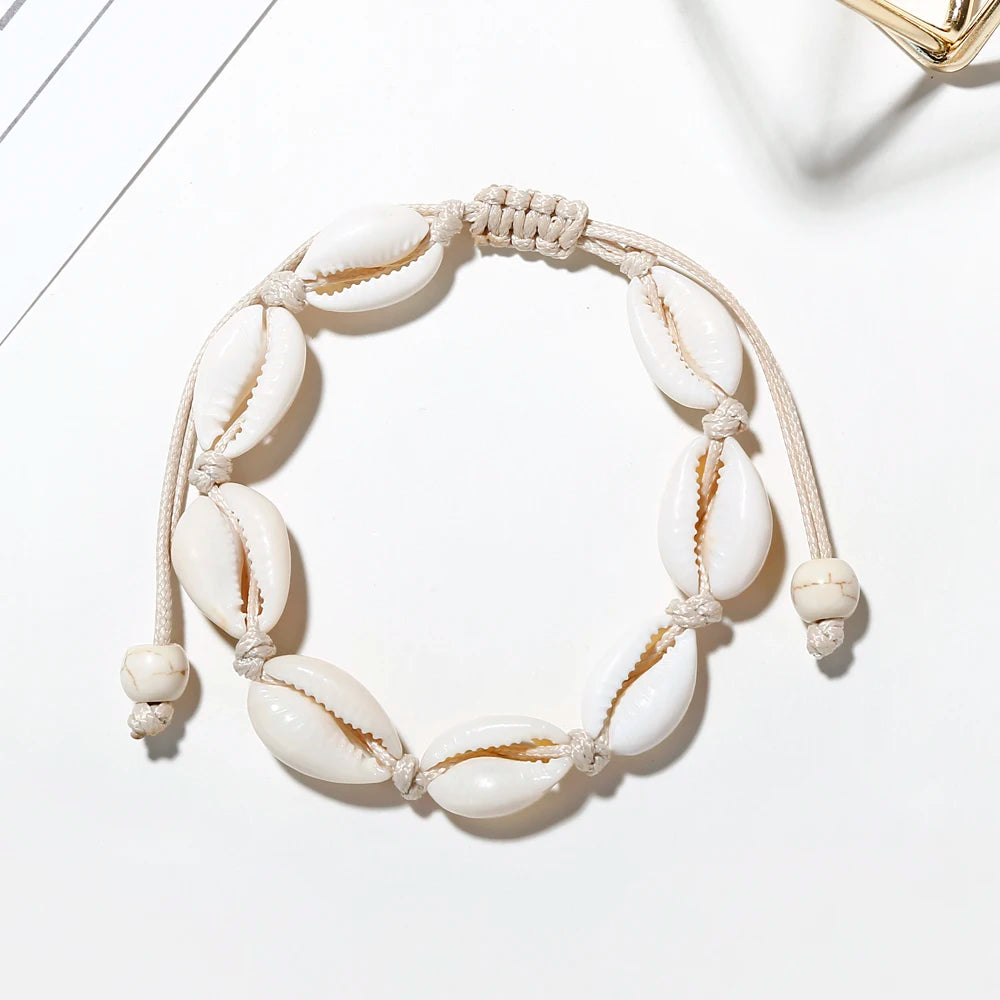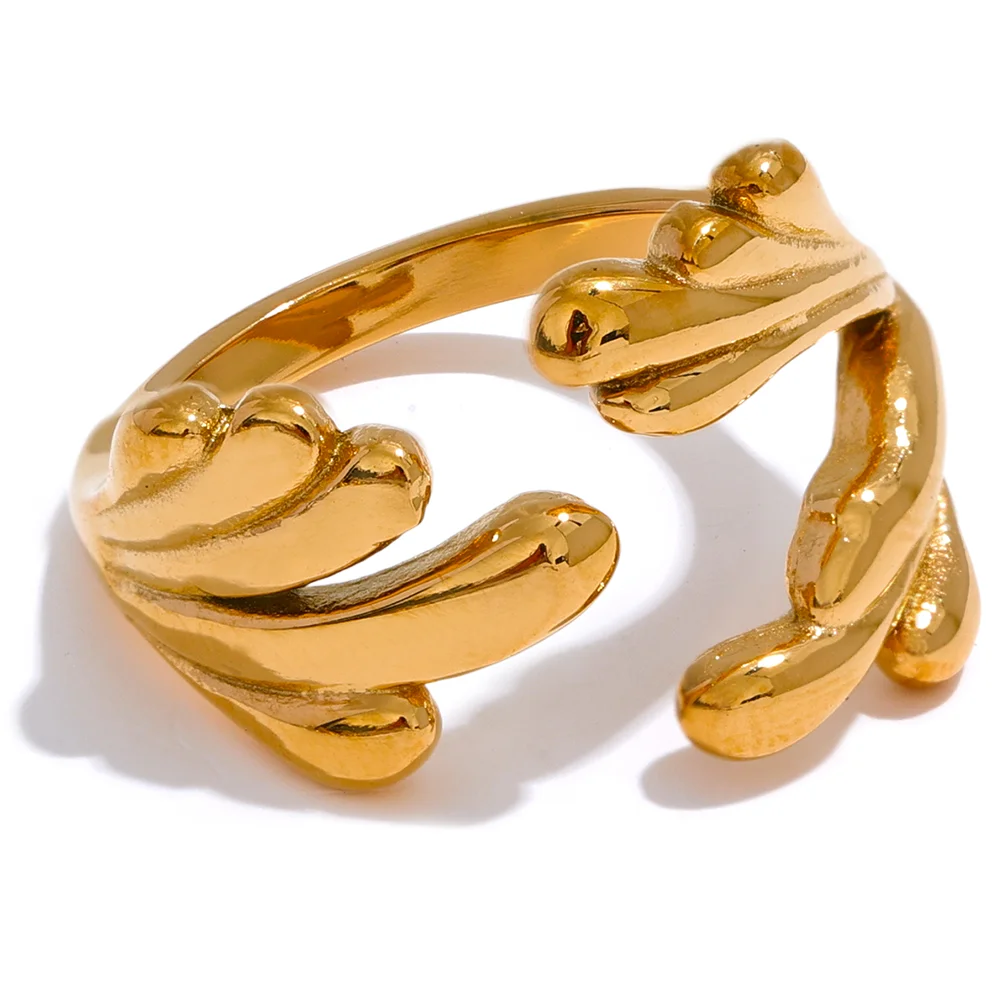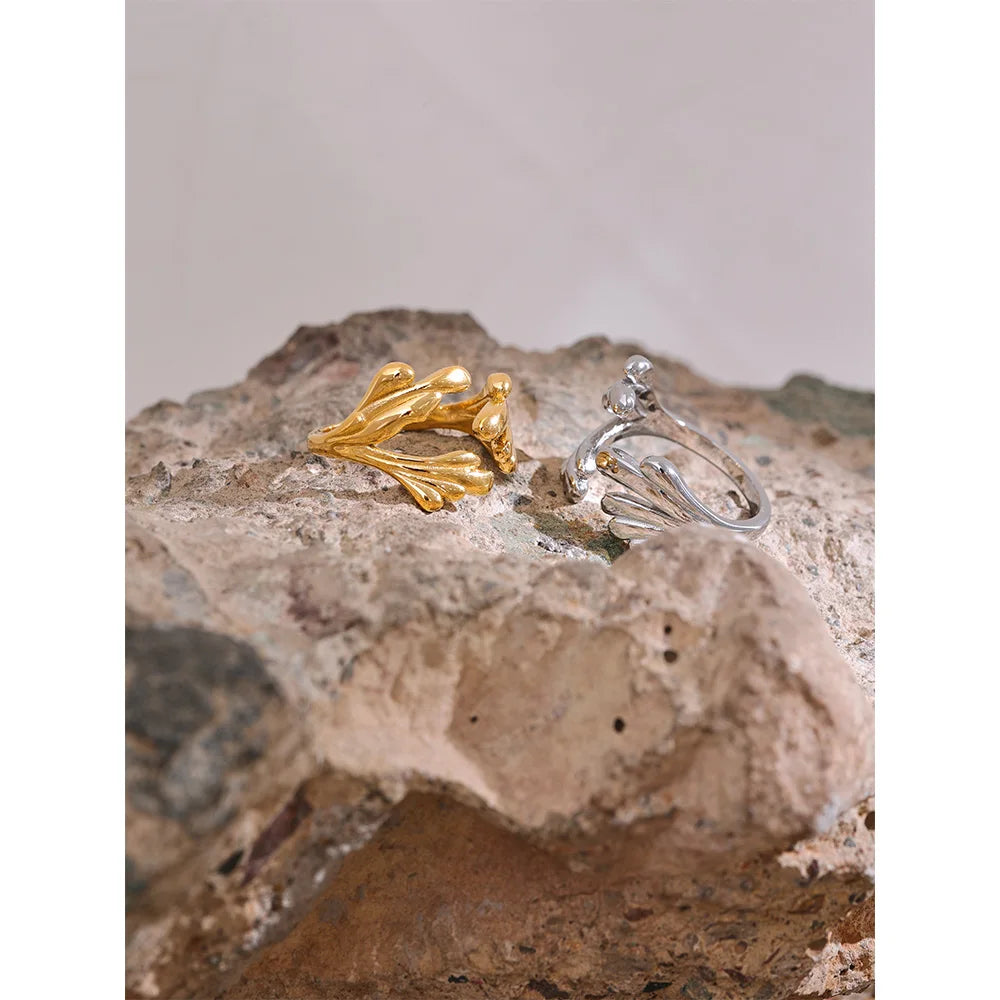Deep beneath the shimmering surface of the aquatic world lies a creature of unparalleled beauty and grace, the Ranchu Goldfish. With its unique appearance and captivating behavior, the Ranchu has earned its place as one of the most beloved goldfish varieties among passionate aquarists. In this comprehensive guide, we will delve into the enchanting realm of this fish care, exploring their exquisite features, tank requirements, feeding habits, and much more. So, join us on this journey as we unravel the secrets of these regal underwater companions.
Table of Contents
- Intro
-
Species Summary
- Appearance
- Lifespan
- Size
-
Ranchu Goldfish Care
- Tank Size and Setup
- Water Parameters
- Feeding and Diet
- Behavior and Temperament
- Common Diseases
- Breeding Ranchu Goldfish
- Our last word...
Species Summary

The Ranchu goldfish, often hailed as the "king of all goldfish," is a true marvel of nature. Unlike its wild counterparts, the Ranchu is a product of centuries of selective breeding, resulting in its distinctive and captivating traits. With a bulbous, egg-like body and a unique double-fan tail, this creature stands out among other tropical fish species. Its head is adorned with a fleshy growth known as a helmet, which adds to its regal appearance. These magnificent creatures come in various colors, including shimmering gold, white, black, and calico patterns, making them a sight to behold in any aquarium.
Appearance
The Ranchu boasts a truly remarkable appearance that sets it apart from other fish species. Its body is rounded and resembles an egg, with a distinct curve on the top. One of the most striking features of this fish is its lack of a dorsal fin, which accentuates the curvature of its body. The tailfin is another standout attribute, with the base tucking inward, giving the fish a distinctive hunchback posture. The tail itself is an exquisite double-fan shape, creating a stunning burst of plumage. Adding to its allure, the Ranchu sports a fleshy growth termed a helmet that covers its head, gills, and cheeks. This raspberry-like texture adds an extra layer of charm to an already enchanting fish.
Lifespan

The average lifespan of a this creature ranges from eight to fifteen years. However, it is important to note that providing proper care and a suitable environment is crucial to ensure their longevity. Ranchu goldfish are known for their limited genetic diversity, which makes them susceptible to various health conditions. By maintaining a well-maintained tank, monitoring water parameters, and providing a balanced diet, you can significantly contribute to the health and well-being of these delightful creatures, potentially extending their lifespan.
Size
The size of a fully-grown one typically ranges from five to eight inches in length. However, it is worth mentioning that their size can vary depending on the living conditions and habitat. In larger tanks or outdoor ponds with ample space, Ranchus can grow up to a foot in length, and in exceptional cases, even reach lengths of nearly 18 inches. Thus, it is important to provide them with adequate space to thrive and reach their full size potential.

Ranchu Goldfish Care
Caring for your ranchu requires attention to detail and a nurturing environment. While they are not the most challenging fish to care for, they do have specific requirements to ensure their well-being. In this section, we will discuss the essential aspects of its care, including tank size and setup, water parameters, feeding habits, behavior and temperament, and common diseases.
Tank Size and Setup
When it comes to tank size, they do not require excessively large tanks. They are not strong swimmers and do not need vast spaces to thrive. However, it is essential to provide them with enough room to exhibit their natural behavior and prevent stunted growth. As a general guideline, a minimum tank size of 30 gallons is recommended for a single Ranchu. However, experienced aquarists often opt for larger tanks, starting at 55 gallons, to provide ample space for these majestic creatures. To create a natural and enriching environment, start by adding a layer of sand or smooth pebbles to the tank.

This goldfish love to dig and move substrate, so be prepared for hills and pits forming as they explore their habitat. While live plants may be uprooted by Ranchus, hardy plant species such as anubias, java fern, and java moss can be anchored to rocks to provide some greenery. It is crucial to avoid any sharp or jagged decorations that could harm their delicate fins. Additionally, equip the tank with an appropriately sized filtration system to handle the significant amount of waste produced by the fish. Lastly, ensure that the tank has proper aeration without creating strong currents that can overwhelm the Ranchu's swimming capabilities.
Water Parameters

Maintaining stable water parameters is essential for the health and well-being of your Ranchu. While they do not live in the wild, mimicking the conditions of cool streams where wild carp reside is ideal. Ranchus prefer relatively cool water temperatures ranging from 65 to 75 degrees Fahrenheit. The pH levels should be maintained within the range of 7.0 to 8.0, aiming for a neutral balance. Additionally, water hardness should be between 5 to 19 DH. It is crucial to monitor water parameters regularly and avoid significant fluctuations that could stress the fish. Stability is key to ensuring the Ranchu's good health.
Feeding and Diet
Ranchu goldfish are omnivorous and have a healthy appetite. Providing them with a nutritionally balanced diet is essential for their overall well-being. High-quality flakes or pellets specifically formulated for goldfish are recommended as their primary diet. Numerous options are available in the market, and these formulas often enhance the fish's coloration. To add variety to their diet, you can supplement their meals with high-protein snacks such as insects, tubifex, bloodworms, and other similar foods. However, live foods should be used sparingly due to the Ranchu's slower swimming abilities. It is important to feed your fish two to three times a day, ensuring they consume the food within two minutes to prevent overfeeding.

Behavior and Temperament
These carassius auratus are known for their calm and peaceful nature. They exhibit a laid-back lifestyle and are a joy to watch as they bob along the water, showcasing their unique swimming style. While they may explore the tank and occasionally nibble on plants, their behavior is relatively calm compared to other fish species. Ranchus are compatible with various cold-water species and generally make excellent community fish. However, caution should be exercised when selecting tank mates to prevent the Ranchu's flowing tailfin from becoming a target for fin-nipping or aggressive species.
Common Diseases
Like many fancy goldfish varieties, Ranchu goldfish are prone to certain health conditions due to their genetic makeup. It is crucial to maintain excellent water quality, perform regular water changes, and monitor their overall health to prevent diseases. The most common diseases that they may encounter include Ich, velvet disease, and fin rot. Ich is a parasitic disease that presents as white spots on the fish's body and fins. Velvet disease, caused by a tiny parasite called oodinium, results in rust-colored patches and a velvet-like film covering the fish. Fin rot, a bacterial infection, primarily affects the fins and can lead to further complications if left untreated. Regular observation and prompt action are essential to prevent and treat these diseases effectively.
Breeding Ranchu Goldfish

Breeding can be a rewarding experience for aquarists. However, determining the sex of Ranchus can be challenging, as males and females look almost identical. Males develop tubercles on their gill plates and faces when reaching maturity, which can help in identifying them. To encourage breeding, it is advisable to provide a suitable environment for natural pairing. Setting up a separate breeding tank with fine-leaf plants, breeding nets, and other accessories can facilitate successful spawning. Female Ranchus may lay thousands of eggs during a single spawning session, scattering them throughout the tank. After spawning, it is important to remove the adults from the tank as they have no parental instincts and may eat the eggs.
The eggs hatch in two to three days, and the fry become free-swimming after absorbing their egg sac. It is recommended to separate the fry from the adults to prevent predation. As the fry grow, they can be fed powdered or liquid fry food before transitioning to high-protein meals such as baby brine shrimp or infusoria. Providing a spacious tank or pond for the fish to develop is crucial, as they experience rapid growth in the first few months.
If you are a goldfish lover and want to learn ore about them , visit here!
Our last words...
In the enchanting world of underwater companions, few species captivate the imagination quite like the Ranchu goldfish. With its regal appearance, unique traits, and calm demeanor, the Ranchu has rightfully earned its place as one of the most beloved goldfish varieties among aquarists. By providing the appropriate care and creating a nurturing environment, you can ensure the well-being and longevity of these majestic creatures. From tank size and setup to water parameters, feeding habits, and breeding, this comprehensive guide has covered all the essential aspects of their care.
We hope you've liked this article about the Ranchu Goldfish!
Feel free to subscribe to our private newsletter to receive more exclusive article. You will also receive a 10% bonus discount for our sea world catalogue. You will be notified via email whenever we release a new wonderful jewelry piece of the ocean.
Feel free also to go check out our website, we provide the best sea content and we offer you the best nautical jewelry all around the globe !

